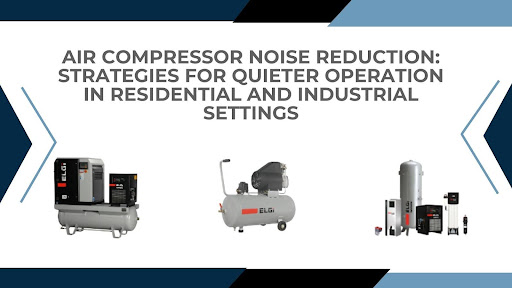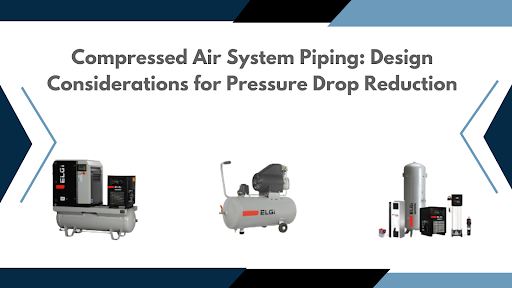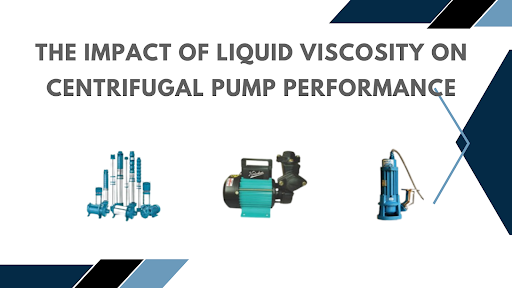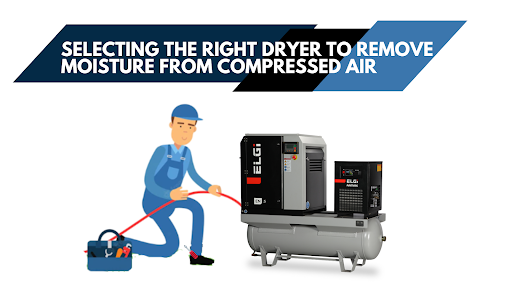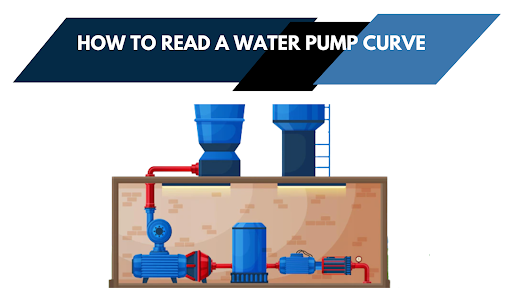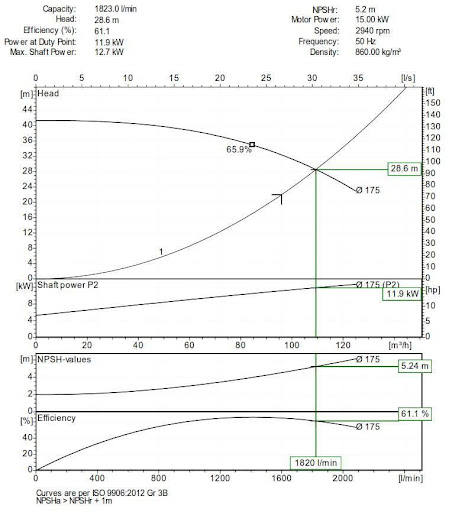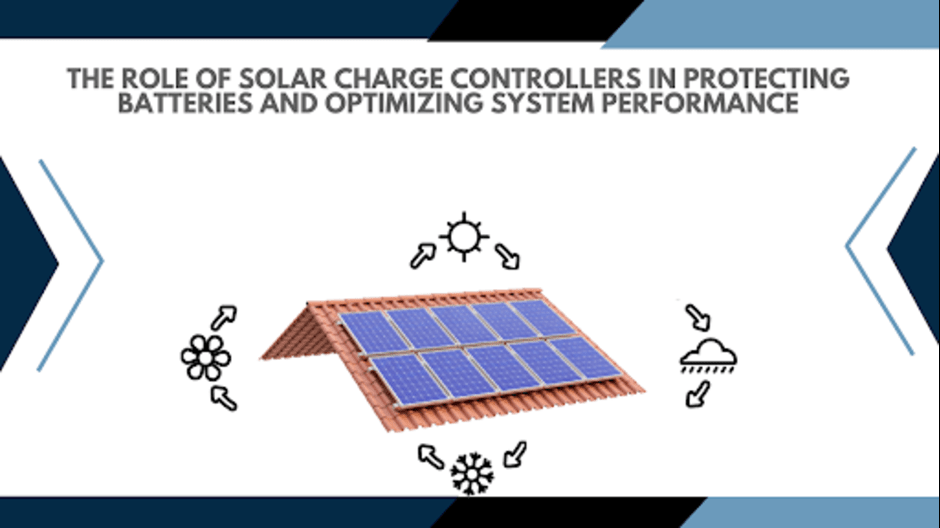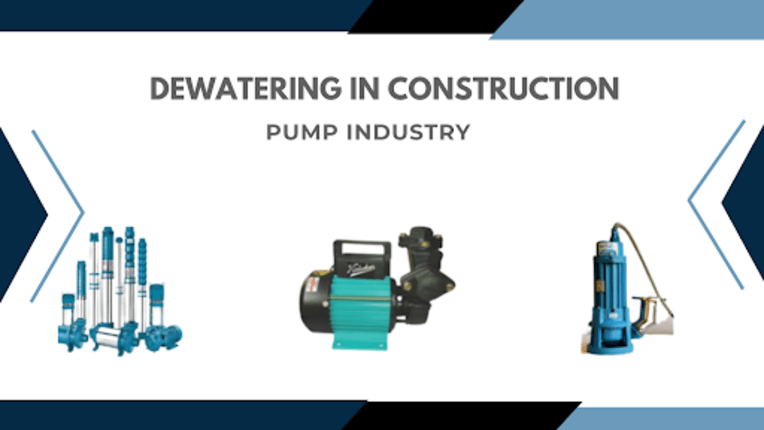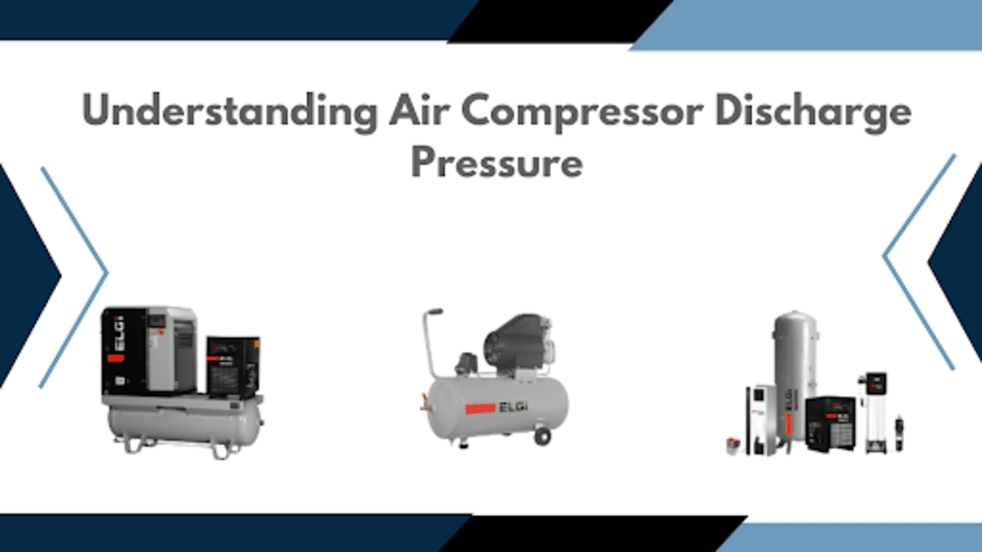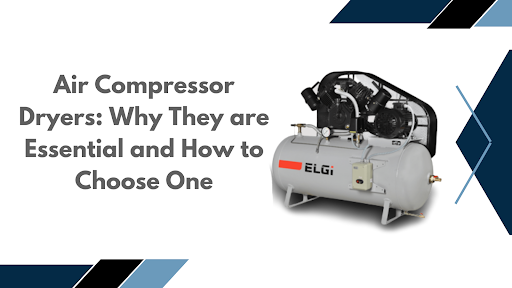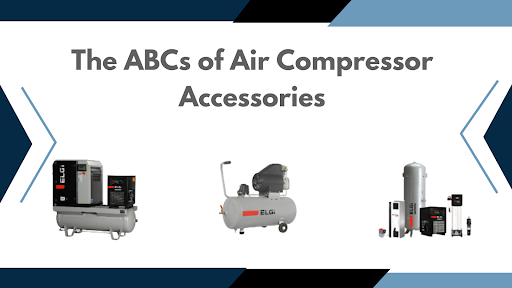
Table Of Content
Selecting the Right Air Compressor for Tire Inflation: Balancing Power and Portability
- Factors to consider when choosing a tire inflator
- Selecting the right balance between power and portability
- Safety precautions for tire inflation
Air compressors are multi-purpose equipment and are put to a wide range of uses at home, businesses and factories. For instance, given the power they generate, they can be used for inflating your car tires to maintain an optimum air pressure. However, it is important to know which air compressor is right for which type of tire. VEMC is the top compressor dealer in Mumbai, and in this blog, we tell you how to select the right air compressor for inflating your car tires.
Factors to consider when choosing a tire inflator
- Flow rate: This refers to the volume of air that will be compressed and pushed into a tire during a certain span of time. If your vehicle has large tires, it is advisable to use an air compressor with a higher flow rate. Pick-up trucks and SUVs typically require inflators with higher flow rates.
- Maximum pressure: Bigger tires can take too long to inflate if your air compressor isn’t generating enough air pressure. Look for a compressor that can offer a pressure of 100-150 PSI to fill your tires fast. This is especially helpful if you’re running a car workshop or a tire factory.
- Portability: Air compressors that operate wirelessly are more handy and portable as compared to the wired ones. These run on rechargeable batteries and do not require any external power supply. These are the best choice and provide a lot of freedom to users if they need to move around too much to inflate a number of vehicles.
- Power source: Inflators can either be electric or battery-operated. The latter are more flexible to use as they can be moved around without hassles. However, for longer operations at one location, some users may prefer an electric tire inflator.
Selecting the right balance between power and portability
When it comes to selecting the right air compressor, power and portability appear to be the most visible trade-off. For instance, what typically determines the output of an air compressor is its tank. Bigger the tank, more air it can store and greater will be its productivity. However, it will lower the portability of the air compressor as it may make it bigger and heavier.
In case you wish to move or travel around with your air compressor, portability becomes an important feature to consider. However, if most of your operations are stationary, it would be much better to look for higher capacity and power.
Safety precautions for tire inflation
Tire inflation can be a slightly dicey task if the right precautions aren’t taken:
- It must only be performed by trained personnel.
- Read and follow all the product warnings and procedures on your inflator.
- Always use inflation cages/restraining devices.
- Always center the wheel in an upright position inside an inflation cage.
- Wear adequate protective gear while inflating the tires.
- Never stand in the trajectory zone.
For more on using your air compressors for inflating your tires, feel free to call us on 022 43436655 or email us at marketing@vemc.co.in. VEMC is the leading ELGi dealer in Mumbai with a rich experience of over 70 years in the industry.



